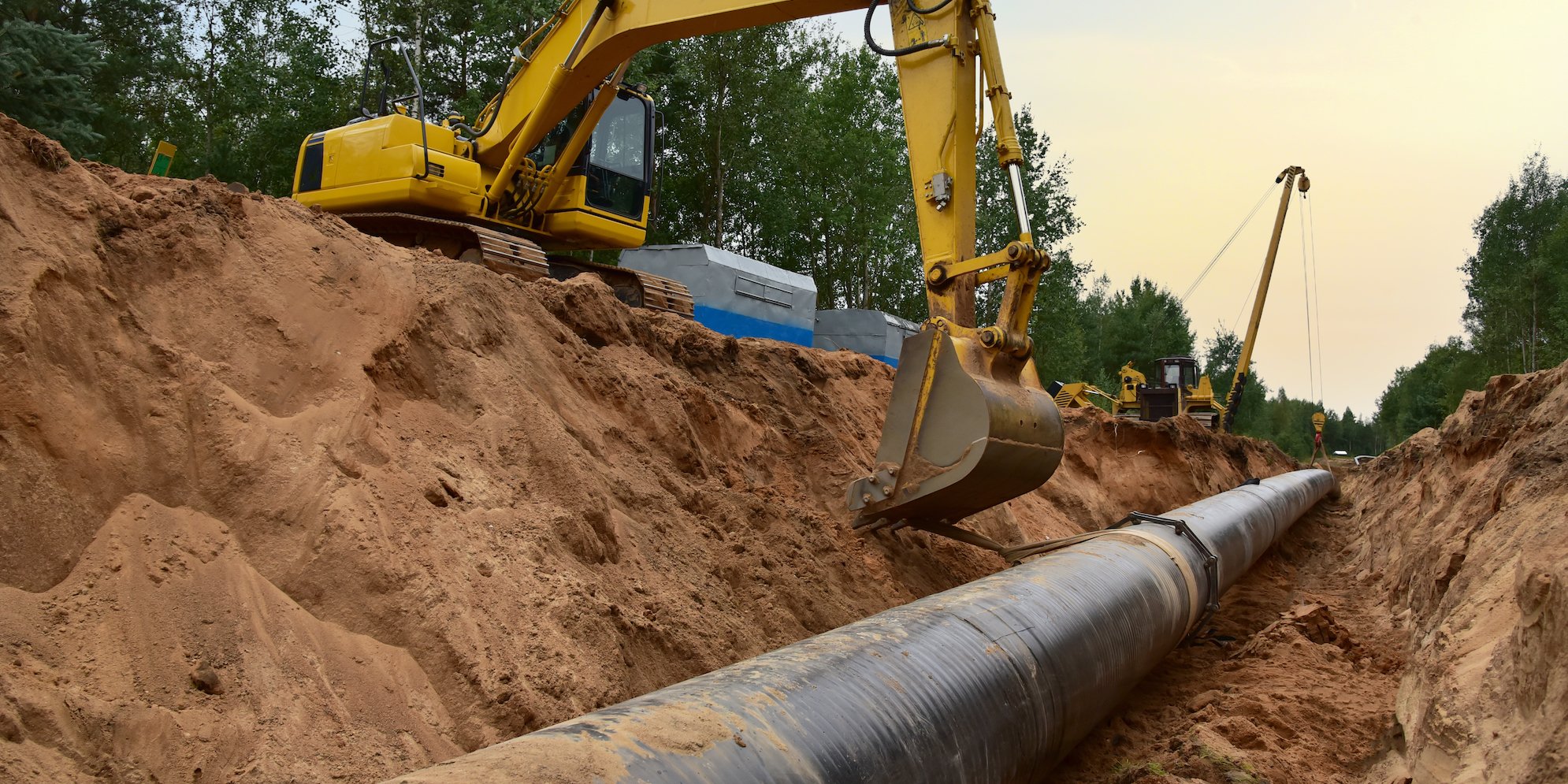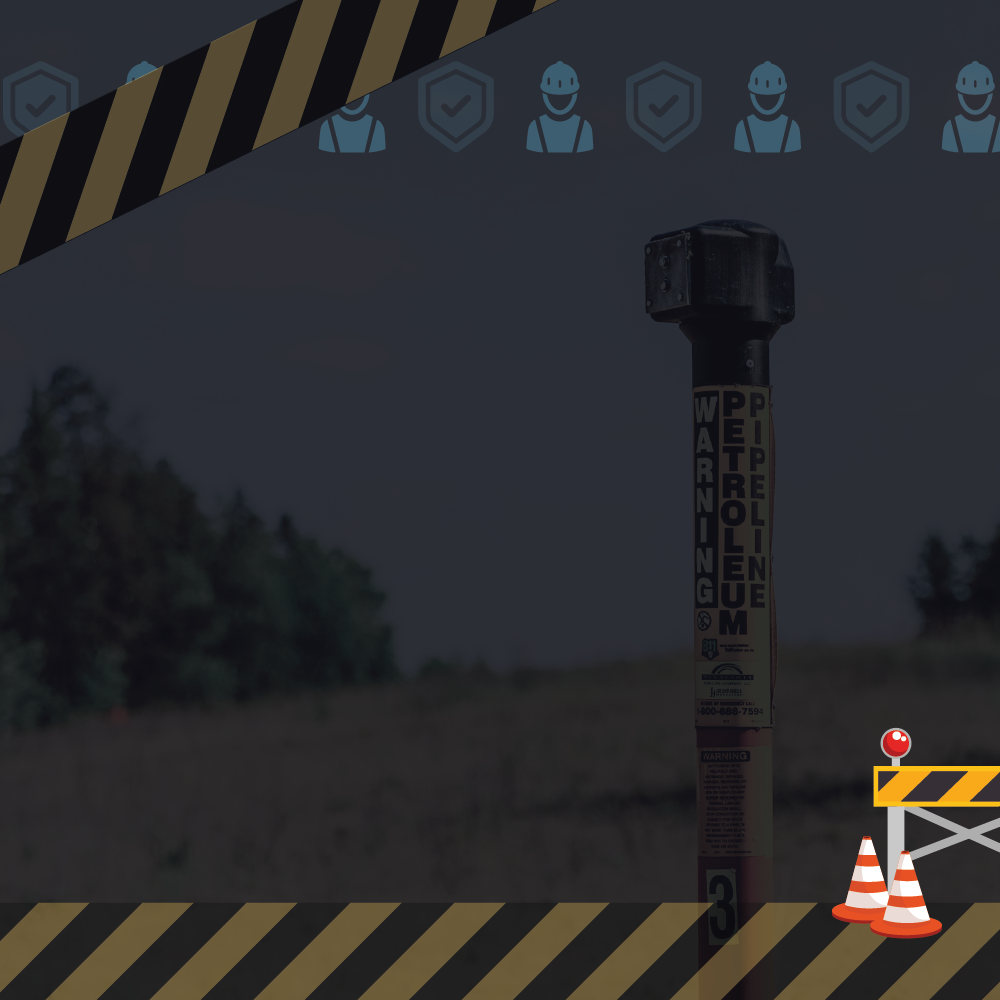Urbint Director of Policy Mishal Thadani and Bradley Roulo, Asset Protection Manager at Nicor Gas, recently hosted a webinar discussing damage prevention during the COVID-19 pandemic. More than 60 attendees from the nation's largest utilities attended to learn how Southern Company Gas is using artificial intelligence (AI) to reduce risk and prioritize essential work to keep the community safe during COVID-19.
Attendees asked more than a dozen questions about Southern Company Gas’ work with Urbint. Below are some of the top questions, along with answers from the hosts.
Q: Has Urbint’s model been used in higher density areas such as New York City?
Thadani: The answer is yes. We work with more than dozens of clients on damage prevention, some of whom operate in pretty dense urban areas. We’ve seen the same level of effectiveness in urban areas as we have in some of the more rural areas.
Q: What was the ultimate reduction in damages, and how do you measure the success of the intervention?
Roulo: We are looking at ways to better measure that. This is still a pretty new system for us, as far as the intervention process, and each year you see risk factors change. So last year, let's say we had a down year for fiber optic build-outs, and this year we have a high year for fiber optic build-outs. You could still conceptually say that even if you have a higher risk score or a higher damage rate this year that it was due to that fiber optic build-out.
So the way that we’re trying to measure the success of the program is through that randomized control test that I talked about on slide 10—13:35 in the webinar recording—where we looked at the damage rates in January if we just ran the model without intervention. We were able to prove that the damage rates are higher on the highest risk score tickets, and so now we are working through the effectiveness of our interventions. Now we are going to use that as a benchmark to say “OK, are we able to then flatten that out and drop that damage rate down on those highest risk score tickets?” So we know if normal is about 7.53 hits per thousand, and once we roll the predictive model out and we go out and start doing interventions and it turns out that it’s four hits per thousand, then we know that the effectiveness is there.
When the COVID crisis hit, we started focusing on our consequence scoring (CARD) program. We’ve had 2,600 CARD tickets so far and we haven’t had a single damage on any of those tickets.
This is going to be an iterative process. We’re also going to look at different methods that we can implement to study what the most effective intervention processes are so that we can tweak what we’re doing out on the job site to make it the best possible. At the end of the day, it’s all about what you use the program for. If you just have a score and you’re not allocating resources to it then you’re not going to see the benefits.
Q: Where did the damage information come from?
Roulo: The damage prevention information from Nicor Gas is saved in a Sharepoint site, and we capture that in real-time. We take down excavator information, cause type, dig ticket feature information as well.
Q: How does Nicor Gas educate excavators on Safe Digging Laws?
Roulo: We actually contact them via phone. Depending on what type of dig it is, we will physically go out on the job site. We have pamphlet literature we can give them, we have handbooks that we can give them, we have printouts of different facility types to look out for. Then we’ll actually talk them through what the requirements of the law are.
It’s all available online as well. So if they’re a little more tech-savvy, we can guide them toward the excavator requirements that are published online by the JULIE One-Call system.
Q: Is it possible to do consequence scoring without having GIS assets? Do other customers have restrictions on sharing that information?
Thadani: Our data engineers are pretty good at being able to fill in data gaps. I know there are some hesitations around sharing asset data. We are usually able to cross those hurdles with our clients, based on the security protocols that we adhere to. I think that consequence scoring, to a certain degree, can be implemented without having fully complete GIS asset data. That’s something that we would want to work with you on and have our data engineers take a look at.
Q: How often are you obtaining permit data? Is utilizing permit data solely for education purposes, and not to intervene prior to excavation?
Thadani: On our engagements initially, we obtain historical records of permit data. So naturally, those historical records, if they are dating back years, we are not able to leverage those for direct interventions in real-time. So we are using those for educational purposes and to derive insights. The objective going forward is to establish better relationships and partnerships with those authorities having jurisdiction to get real-time permit data. It really depends from jurisdiction to jurisdiction, but yes. We believe that very soon we’ll be able to get to a place where we’re able to intervene based on building permit data that we’re looking into in real-time.
Q: Does conducting more audits on excavation crews in the area help improve the risk scoring as it pertains to particular crews?
Roulo: We pinpoint risks down to a specific crew based on a phone number or other criteria. The data isn’t available at the crew level in the JULIE system. I would say theoretically yes. Sometimes contractors will put their foreman's phone number, but other times they’ll put a general office number. So you’re going to see some peripheral benefit to that, in that if a crew is actually listing a proper phone number, then yes those tickets are going to have a higher hit rate and are going to get flagged by the model. But if they are just putting a back-office number and dispatching it out, then no.
Some of the direction I’ve given to my people is not to get too bogged down into the “why” part of it. This is kind of like counting cards: You want to cover as much ground as possible. You’re playing the odds of an entire ticket population. If you start to chase down one piece of feature data like a crew, you might get zero on that crew but that crew might only be worth two or three hits per a couple of months. You’d be better served by just going after what the entire model flags, which is going to find a better population size. It's better to just follow the model and you know you’re going to hit it over time.
Q: Some excavation companies are large and have many crews. Can you pinpoint risk down to a specific crew based on the phone number or other criteria?
Thadani: In many cases, yes. Based on contact information associated with each 811 ticket, we train our AI with data relevant to each excavator.
Q: As far as the audits go, how are you handling feeding the audit results back into the model so that failed audits raise the risk score of an excavation crew?
Thadani: With every engagement, there is a feedback loop to ensure that our models continuously improve. We refresh models frequently to incorporate new data, and every additional audit means a new set of data for our AI to learn from and make better predictions in the future.
Urbint Lens for Damage Prevention has allowed Southern Company Gas to allocate resources better and prioritize work—not just during COVID but year-round. In Atlanta, Urbint was able to identify that almost half of the damages were coming from only 5 percent of the overall ticket population, allowing Southern Company Gas to decrease third-party damages by more than 30 percent.
Critical insights like these play a critical role in focusing resources and time on the riskiest excavations, maximizing the safety impact of damage prevention efforts.
Watch the webinar "AI for damage prevention: acute prioritization during COVID-19" to learn more about how Southern Company Gas is using AI to keep the community safe during the pandemic.

